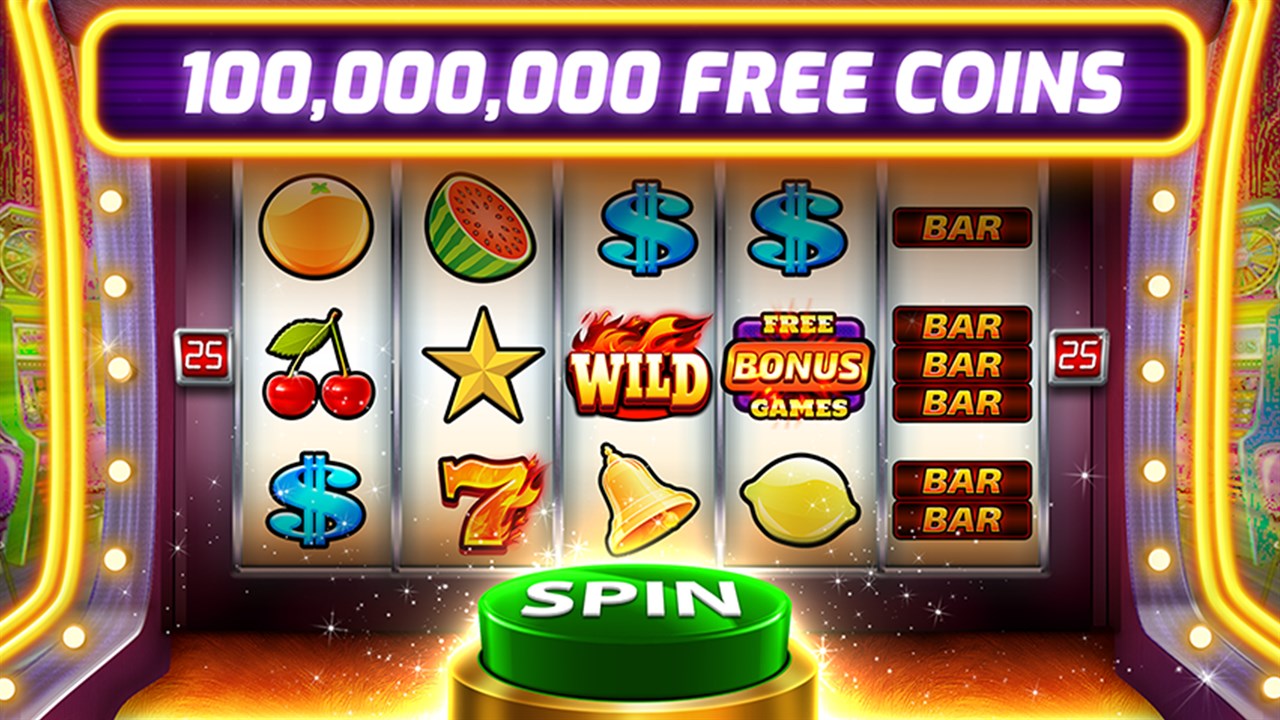The Initial Phase
At the nexus of social media and gaming, social casinos were born. The original idea behind the notion was that people wanted to socialize and have fun without having to worry about losing real money. These games were offered online to anyone who wanted to gamble but only played for enjoyment. Players were able to share results, send bonuses, and compete with one another when social media platforms were first integrated.
Interactivity and popularization
The availability of free components, like frequent virtual bonuses and game currency, was a crucial aspect of social casinos. They were able to get over the restrictions that conventional gambling games had. The primary focus was on social activities, such as friend competitions, challenges, and gift-giving while playing the game. All of this brought attention to the format, and a larger spectrum of people were able to enjoy this kind of entertainment because there were no actual bets.
Make the switch to the mobile format
As mobile devices advanced, social casinos emerged as stand-alone applications, transcending the confines of social networks. They became even more well-liked due to their portability and flexibility. In addition to taking part in events and tournaments and interacting with other users in real time, players started to receive additional interactive information.
Prospects for the future
Artificial intelligence (AI) and virtual reality (VR) are two examples of the new technology that social casinos are actively embracing. They include even more social features that foster a feeling of camaraderie among participants. Metaverses will probably be integrated with social casinos in the future, creating new avenues for customization and involvement. Through virtual entertainment, these platforms’ ongoing development continues to influence new types of social engagement.




